In order to give the most of its organoleptic qualities, Vernaccia must age at least 3 or 4 years.

AGEING
The aging process is one of one of the primary reasons tied to the unique flavor that characterizes Vernaccia wine.
Aging in chestnut barrels leads to a slow enrichment in Vernaccia's alcohol
The final product is a dry white wine, an intense golden yellow with amber reflections.During Vernaccia‘s aging process, in summertime there is a loss of water through the chestnut of the barrels by evaporation and by filtration. As a result the volume of wine decreases as its alcoholic strength increases, making it at the same time more conservative and stable.
The cellar where the Vernaccia is fermented, is a sophisticated place with special features
In the past, it was often a place built with raw brick walls, covered with rocks, sardinian tiles and and a packed ground surface. The first pouring of wine is done in the following spring, and the second is normally in July.In order to give the most of its organoleptic qualities it must age at least 3 or 4 years. From the second year until the end of aging, this process rappresents the first responsible of Vernaccia’s features: alcoholic and aromatic together, delicate but persistent, with blossom aromas; taste fine, slim, warm, with a pleasant bitter almonds aftertaste.


